Brand Archetypes – The Innocent
The Brand Archetypes
About the Innocent Archetype
Hey there, small business owners! Let's dive into the world of the Innocent archetype, a branding style that's all about bringing a smile and a breath of fresh air to your customers. Picture your brand as that ray of sunshine on a cloudy day, offering simplicity, trust, and a dash of nostalgia. It's like being the friendly neighbor in the business community, where honesty is your policy and every message you send out sparkles with positivity. Embracing the Innocent archetype is like wrapping your brand in a cozy blanket of warmth and reliability, perfect for making your customers feel right at home!

Strengths
- Optimism
- Imagination
- Purity
- Resilience
Weaknesses
- Naivete
- Physical powerlessness
- Vulnerability
- Overly trusting
An Innocent's Promise: Life doesn't have to be hard. Keep it simple.
An Innocent's Core Desire: To experience paradise.
An Innocent's Goal: To be happy.
An Innocent's Fear: Doing something wrong that will provoke punishment.
An Innocent's Strategy: Do things right.
An Innocent's Gift: Faith and optimism
An Innocent's Motivation: Independence and fulfillment
What is the Innocent Brand Archetype
Imagine the Innocent brand archetype as the embodiment of a sunny day in spring, full of optimism and simplicity. It's like the pure-hearted protagonist in your favorite fairy tale, always looking at the world with wonder and a belief in goodness. This archetype thrives on honesty, transparency, and a touch of nostalgia, offering a comforting hug through its branding. It's a breath of fresh air in a complicated world, promising simplicity, safety, and a happy ending. Brands embracing this archetype are like a trusted friend, always there with a reassuring smile and a straightforward solution.
Strengths of the Innocent Brand Archetype
The Innocent brand archetype shines with several key strengths. Firstly, it exudes an air of trustworthiness and reliability, appealing to those yearning for simplicity and honesty in a complex world. It also has a unique charm in its positivity and optimism, offering a refreshing escape from negativity. This archetype's straightforward and uncomplicated approach makes it approachable and endearing, building a strong emotional connection with the audience. Moreover, its emphasis on purity and wholesomeness can create a strong, loyal customer base that values sincerity and authenticity in a brand.
Challenges of the Innocent Brand Archetype
While the Innocent brand archetype carries many strengths, it also faces distinct challenges. Maintaining relevance without appearing naive or overly simplistic can be a fine line to walk. There's a risk of being perceived as out of touch with complex realities, potentially alienating a more cynical or sophisticated audience. Moreover, in a competitive market, this archetype's emphasis on purity and simplicity might struggle against more dynamic or edgy branding strategies, requiring careful innovation to stay fresh and appealing. Balancing innocence with savvy market awareness is key to overcoming these challenges.
How to Leverage the Innocent Brand Archetype in Your Own Brand
Leveraging the Innocent brand archetype in your brand involves focusing on purity, simplicity, and optimism. Use clear, straightforward messaging that communicates honesty and reliability. Emphasize a friendly, approachable tone in your branding, marketing, and customer interactions. Highlight the simple pleasures and joys your product or service brings. By fostering a sense of trust and comfort, your brand can become a haven of positivity, appealing to customers seeking an escape from the complexities and cynicism of everyday life. Keep your brand imagery and storytelling light, fresh, and uplifting, reinforcing the wholesome, pure essence of your brand.
Some Example "Innocent" Brands
Some brands that fit the Innocent archetype are often those associated with simplicity, positivity, and a sense of wholesomeness. Examples include Dove, with its focus on natural beauty and purity, and Coca-Cola, which often portrays happiness and nostalgia in its branding. Johnson & Johnson, known for its baby products, also embodies this archetype through its emphasis on gentle care and trust. These brands successfully project an image of innocence through their messaging, product design, and overall brand ethos, resonating with customers who seek simplicity and positivity in their lives.
Designing Brand Identity for an Innocent Brand
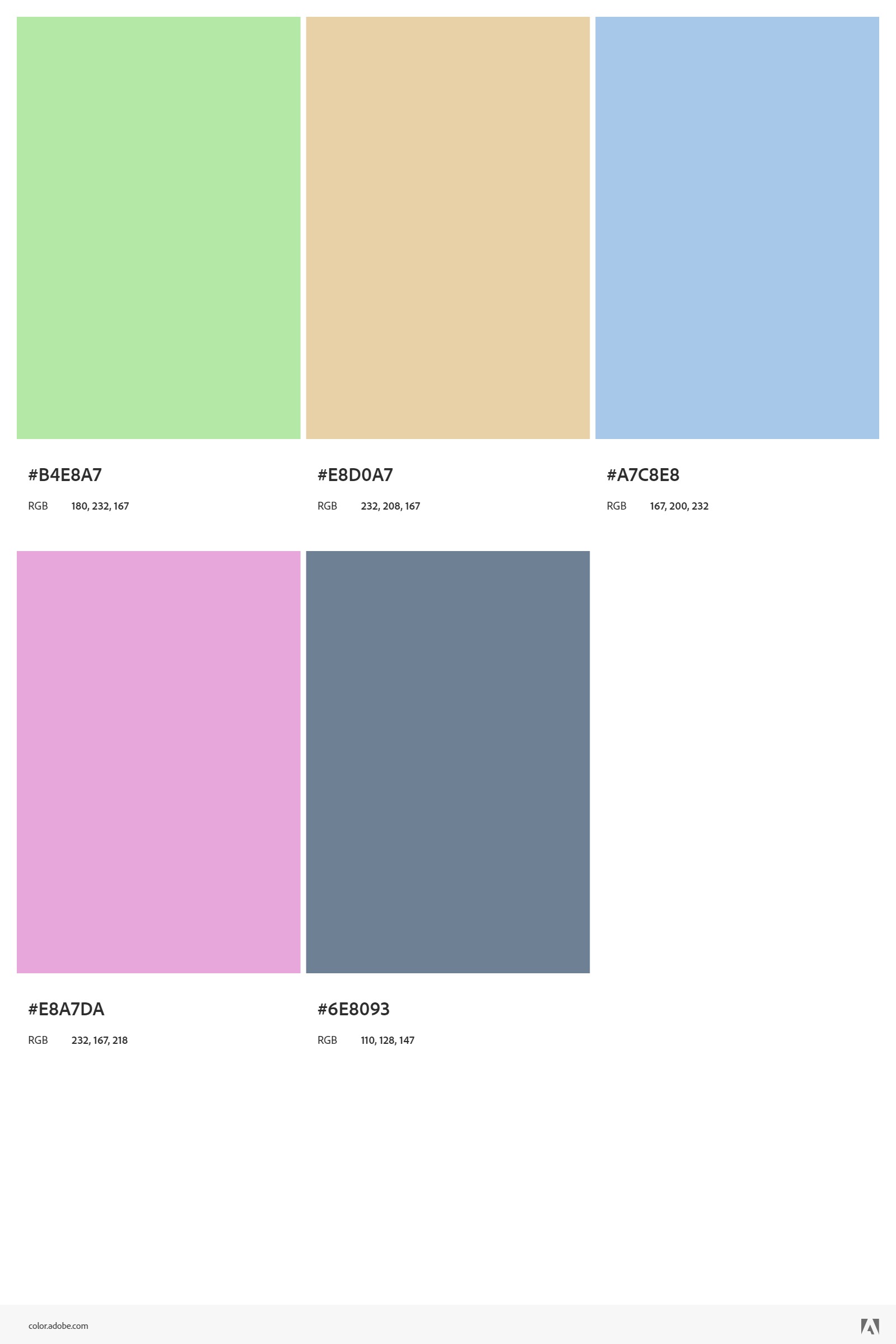
PASTELS
Pastel colors are often associated with a sense of calm, gentleness, and serenity. They typically represent softness and subtlety and are used to evoke a soothing and peaceful atmosphere. Pastels are frequently linked with springtime, symbolizing new beginnings and rejuvenation. They can also convey innocence, purity, and a sense of simplicity. In branding and design, pastel colors are chosen to create a light, airy feel, often aiming to invoke a sense of ease and comfort in the viewer.
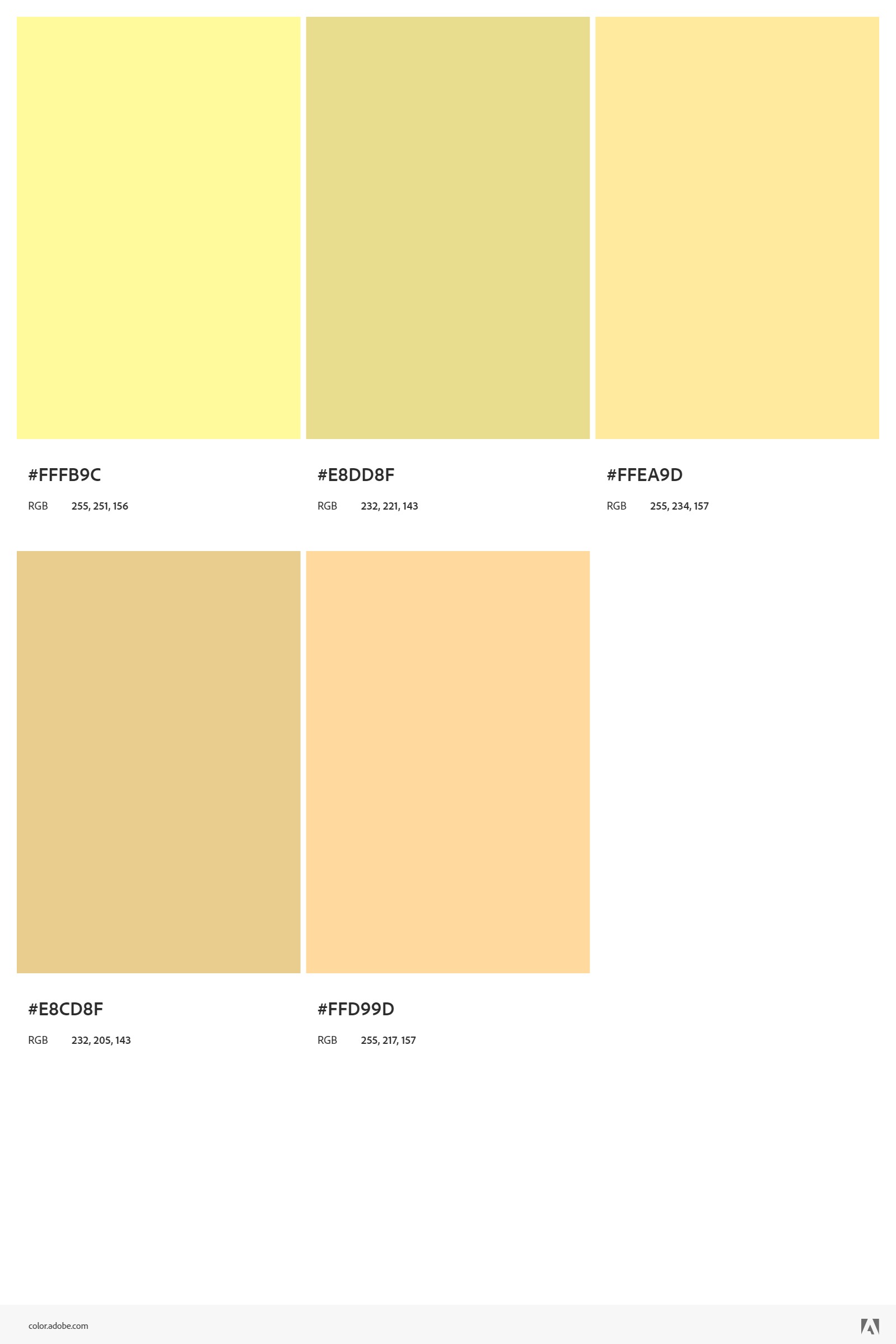
SOFT AND LIGHT YELLOWS
Light yellow colors in branding and design often represent optimism, cheerfulness, and energy. This color is associated with the sun and its life-giving warmth, making it evoke feelings of happiness and positivity. Light yellow can also suggest freshness, clarity, and enlightenment. In the context of the Innocent brand archetype, it reinforces the themes of joy, purity, and a positive, sunny outlook.

LIGHT PINKS
Light pink colors often represent softness, warmth, and nurturing qualities. This color is associated with femininity, tenderness, and love. In branding and design, light pink can evoke feelings of comfort, care, and approachability. It's a gentle, non-threatening color that can create a sense of calm and reassurance, making it a popular choice for brands that want to project an image of compassion and understanding. Light pink can also convey a sense of innocence and purity, aligning well with the Innocent brand archetype.
Adopting a specific brand archetype like the Innocent doesn't limit your color choices; rather, it guides them to align with the archetype's values and characteristics. While certain colors are commonly associated with each archetype, there's room for creativity and adaptation to your unique brand identity. For example, Coca-Cola uses bright red, which is not a traditional Innocent archetype color, yet it effectively conveys its message of happiness and optimism. The key is to ensure that your color choices resonate with your brand's overall personality and message.
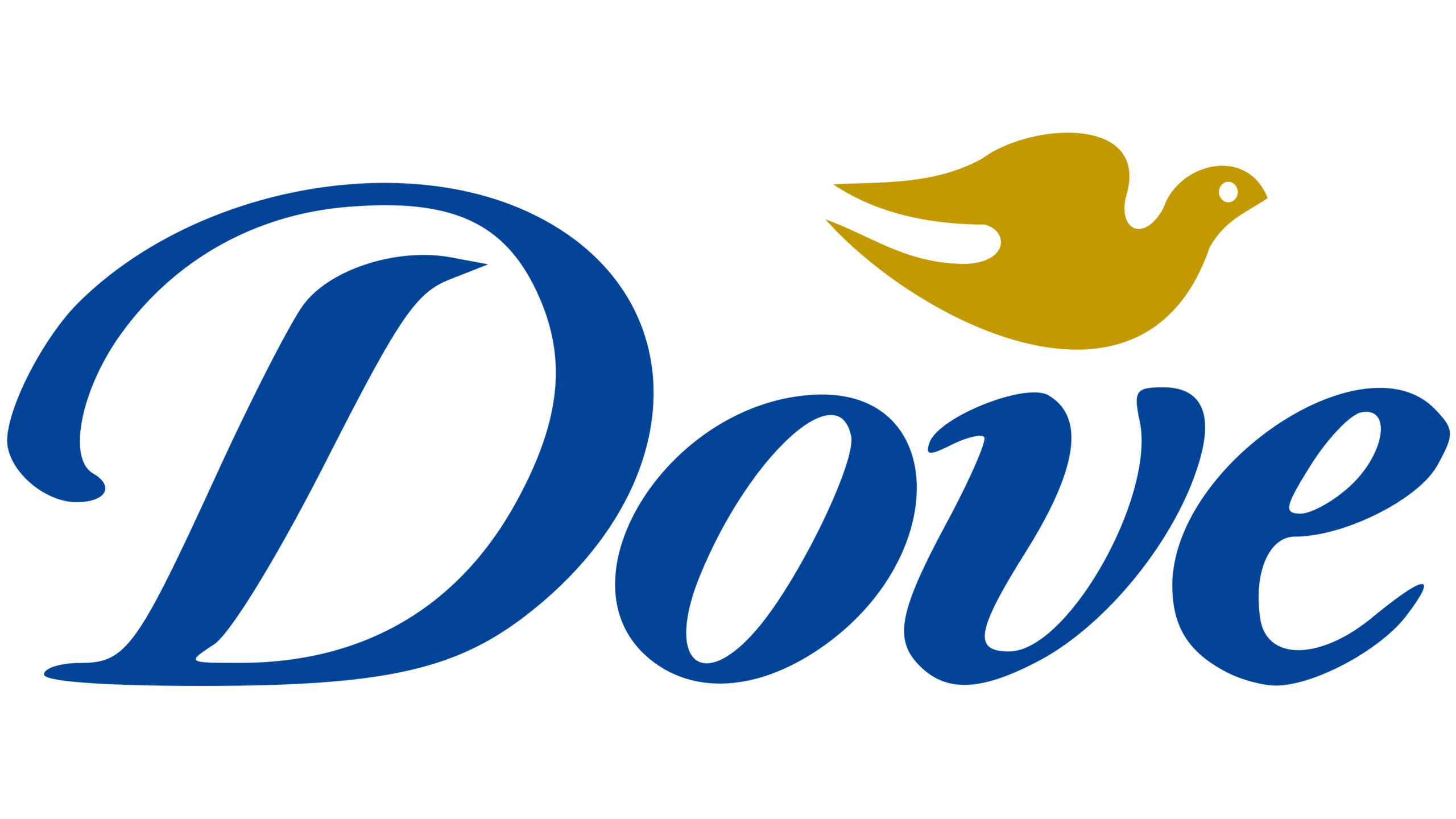
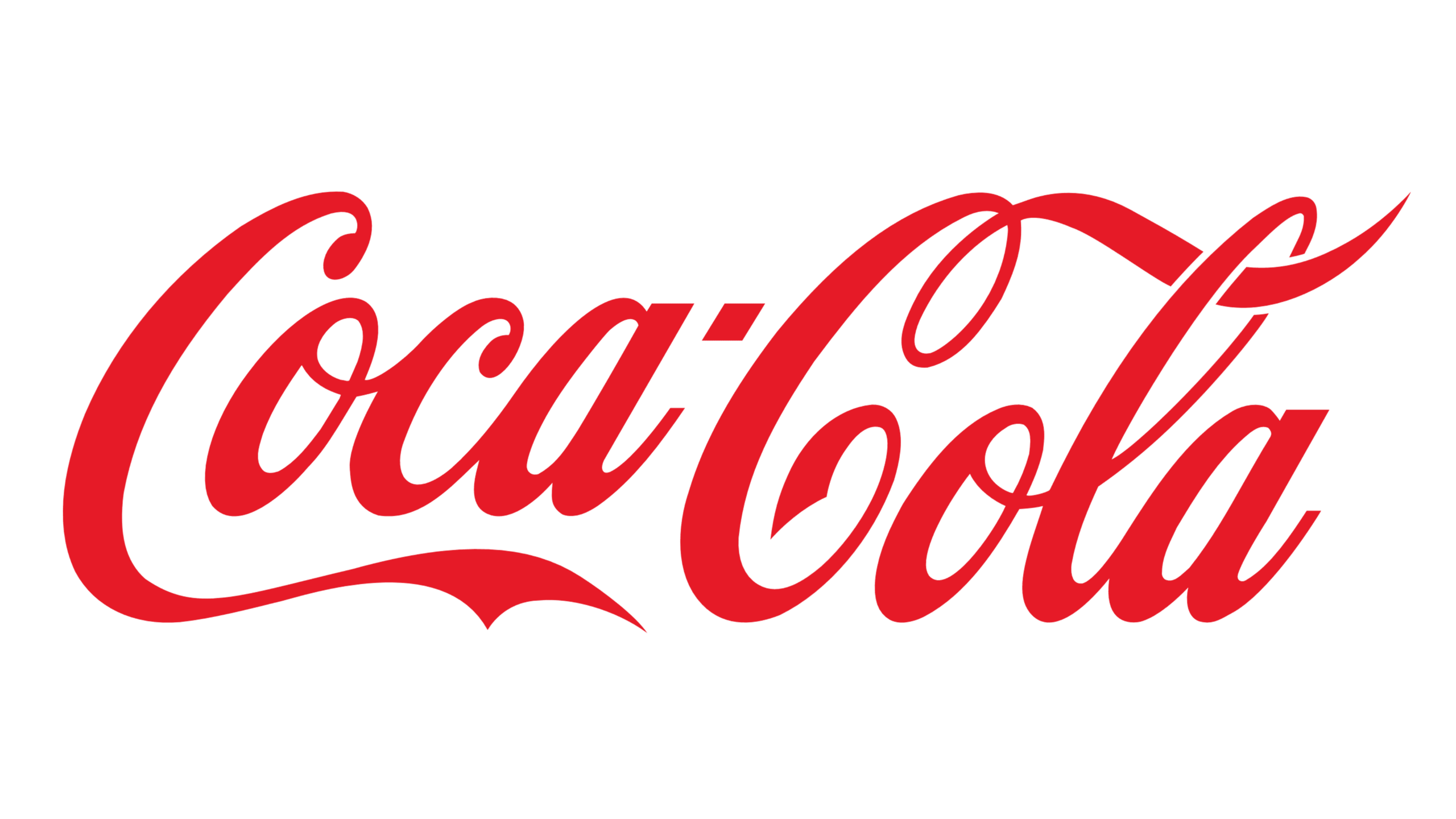
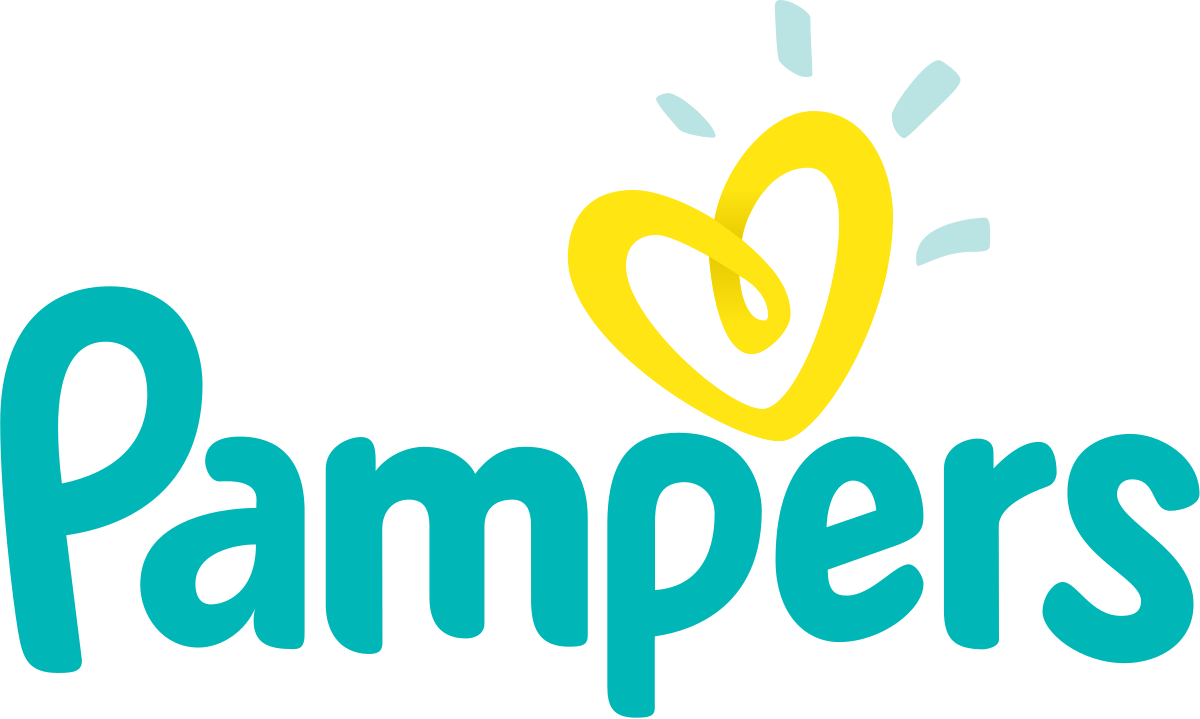
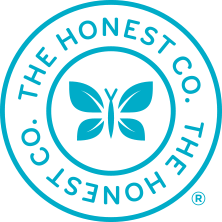
Is Your Brand an Innocent Brand Archetype?
Is your brand an Innocent archetype? Consider if your brand values and communicates purity, simplicity, and optimism. Innocent brands often focus on delivering straightforward, reliable solutions and maintain an honest, transparent interaction with customers. They resonate through their unpretentious, positive outlook and appeal to a broad audience seeking comfort and reliability. If your brand embodies these traits, consistently delivering a message of simplicity and wholesomeness, it likely aligns with the Innocent archetype. Embrace these qualities to connect deeply with your audience and build a brand that stands as a beacon of positivity and trust. Keep reading to learn about other brand archetypes, or contact us today if you'd like more help exploring which one might align best with your mission.
